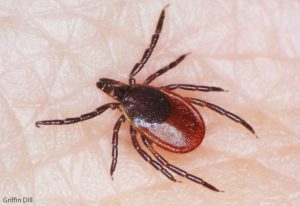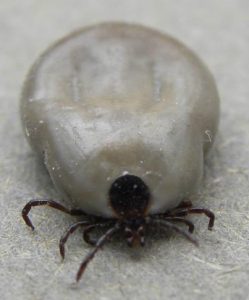UMaine Tick Surveillance Program Annual Report – 2020
 Photos by Griffin Dill
Photos by Griffin Dill 
UMaine Tick Surveillance Program 2020 Annual Report
The University of Maine Cooperative Extension Tick Lab conducts surveillance of ticks and tick-borne pathogens to track their distribution, detect trends or changes in tick activity, and identify areas of risk for tick-borne disease in Maine. In 2019, the UMaine Extension Tick Lab began testing tick samples for the causative agents of Lyme disease, anaplasmosis, and babesiosis; the three most common tick-borne diseases. In 2020, an additional testing panel was added to screen applicable tick species for the causative agents of Rocky Mountain spotted fever, ehrlichiosis, and tularemia. A free tick identification program also continues to be offered.
This report summarizes the information gathered through the passive surveillance associated with the 2020 UMaine Extension Tick Surveillance Program. Passive surveillance refers to tick specimens found and submitted by members of the public and can potentially result in a bias toward certain geographic locations or uncertainty about where a specific sample was collected. All samples were submitted to the Tick Lab within the UMaine Cooperative Extension Diagnostic & Research Laboratory. For more information on ticks in Maine or on submitting a tick to the Tick Lab, please visit us online at ticks.umaine.edu
